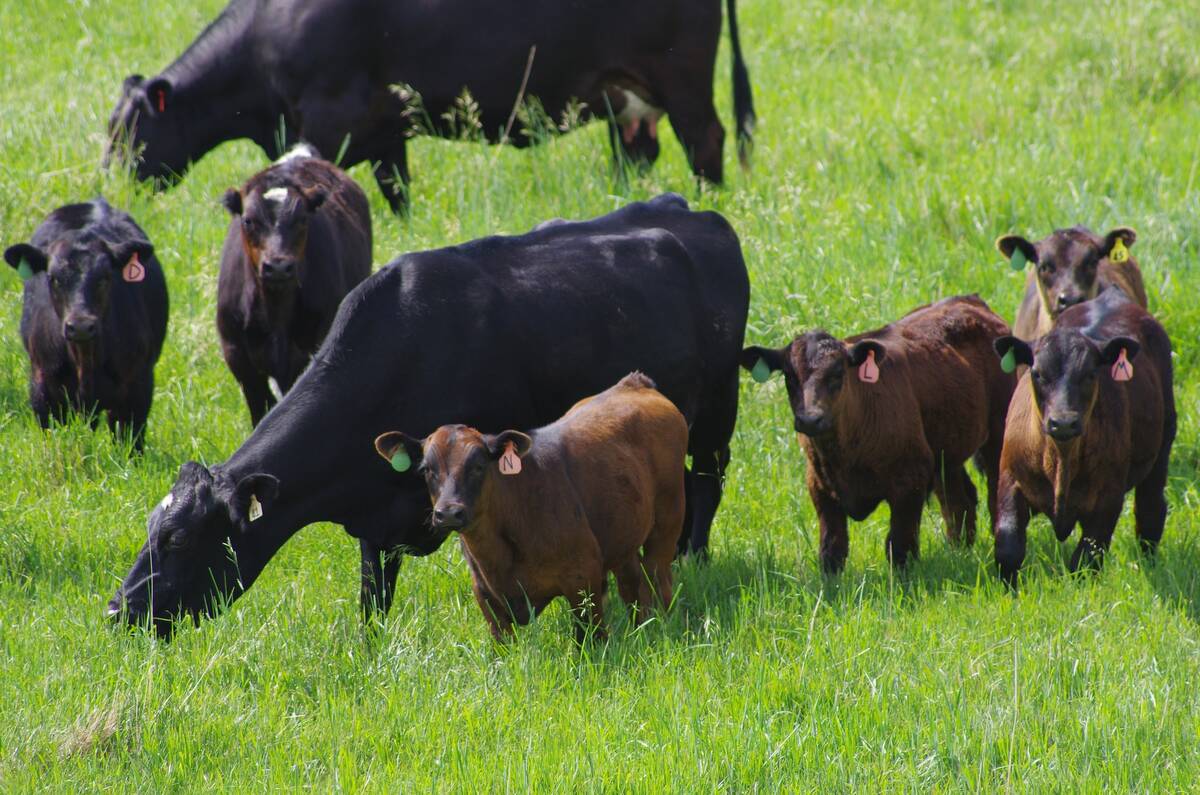farmliving
MOOSE JAW, Sask. – The old and the new reside comfortably beside each other at Doug and Melody Machmer’s place.
Visitors to the farm south of Moose Jaw will find the traditional feeder cattle, barley, canola, lentils and durum.
But they’ll also find echinacea, a colorful crop that flourishes in the farm’s sandy glacial till soil.
Also called purple coneflower, echinacea was a favorite medicinal herb of First Nations people and early European settlers who considered it a medicinal staple.
Read Also

Manitoba extends Crown land rent freeze
Manitoba government links the continued rental rate freeze on grazing and forage leases to economic and environmental challenges facing the industry
The Machmers began growing medicinal herbs for personal reasons.
“Both Doug and I get really bad sore throats,” Melody said.
“Antibiotics do not work. About five years ago, we happened to be in a health food store in Medicine Hat where Doug tried some echinacea tea. In no time, his sore throat was gone.
“I have a chronic ear infection from having scarlet fever as a kid. There was some eardrum damage, and now infections come up with no warning. I’ll get up in the morning and can’t swallow, but if I take echinacea right away, by noon it’s gone.”
The Machmers began researching the perennial herb. They found echinacea angustifolia is native to the Saskatchewan prairies, and is considered an all-purpose herb with a reputation for stimulating the body’s immune system to fight disease. The Machmers bought some seed through the provincial herb and spice association and began growing their own.
“The first year you put in seedlings, but they don’t bloom,” Melody said.
“The second year you get bloom and can harvest the seed. Last year, it was worth $1,000 a pound, but prices are very volatile. This spring it was down to $600 a lb. because there was more seed around.”
Like many native plants, echinacea seed must undergo stratification, a process of hard freezing and thawing, before it will germinate.
“Just putting it in the deep freeze doesn’t do it. Echinacea seed needs hard freezing, but it needs sunshine, too. We’ve learned by trial and error. You have some failures, but eventually you get to know what you’re doing.”
In October of the third growing year, after the first killing frost, the echinacea root can be harvested. The plant has a tap root with a main root and smaller root stems. Some roots burrow into the ground as deep as 70 centimetres. The Machmers seal the dry root in barrels.
“We don’t process or mill it until we’re ready to use it because, like coffee, echinacea begins to lose its taste and quality once it is milled,” Doug said. They also run an on-farm milling business called Mid Northern Growers.
“There are growers out there with nowhere to take their product for processing. So we got a mill and do custom milling of organic grains and medicinal crops like valerian, licorice and echinacea.”
Package and market
The Machmers can also process and package their milled echinacea into capsules, liquid tinctures and teas from bulk leaves, all of which they sell through local health food outlets and personal contacts.
Doug said the medicinal herb industry in North America is relatively new and needs standardization to improve quality.
He said to test echinacea quality, one can chew a small quantity of the encapsulated powder. It should cause a tingling sensation on the tongue. Lack of sensation probably means the product has been over-milled or blended with a lower quality product.
The Machmers planted 15,000 seedlings this spring, bringing their total to 50,000 echinacea plants on two acres of land.
“This is as big as we will grow,” Melody said.
Added Doug: “Most echinacea growers in the province are very small, producing maybe 500 pounds a year. There’s no market for small amounts. Buyers want at least 1,000 lb., which is why we need a central assembly where we can do cut and sift – breaking the product down to a size where it will go through mechanized equipment.”
He said echinacea will probably never become a huge industry in Canada, because growers here can’t compete with the low production costs in Europe and Asia.
“It will always be a very specialty industry. I think interest is high now because the price of grain is so low.”














